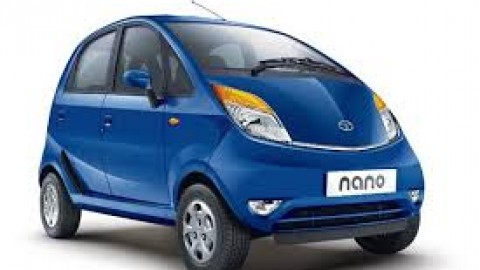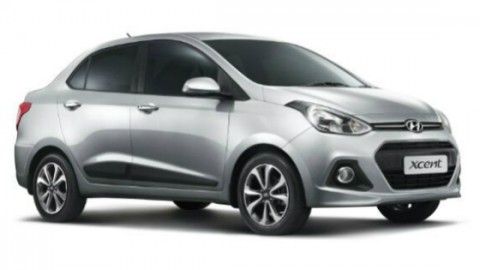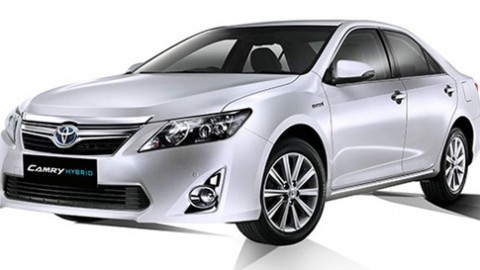The dream: a car for the common man. The dreamer: the venerable Ratan Tata of Tata Motors.
Ratan Tata’s dream project of producing the world’s cheapest car translated into reality when Tata Nano was launched commercially in India on 23rd March 2009. The car has won a host of Indian hearts – mostly of the upper middle class. It is often dubbed the “One Lakh Car” because of TATA’s aim to keep the (introductory) price close to Rs.1 lakh. However, by the time the car entered the market, the price did go a notch or two beyond the Rs.1 lakh mark due to the substantial rise in the cost of raw materials etc over the development period.
The introduction of Tata Nano received much media attention in India and abroad because of its low price. Right from the day the bookings for the Tata Nano commenced, there was phenomenal response from the buyers and the sales have been growing impressively by the day.
The car’s exterior was designed at Italy’s Institute of Development in Automotive Engineering, However it is entirely developed in India.
Tata Nano is a rear-engined, four-passenger city car aimed primarily at the Indian market. It is meant to carry four people and, uniquely, its engine is in the rear.
The Tata Nano is 8 percent smaller in exterior size and has 23 percent more interior space in comparison to Maruti 800 which is another popular car that took the Indian automobile market by storm when it was introduced.
The Nano has three versions/variants.
The base version has no air-conditioning and is called the Nano.The mid-range version with Heating and Air-conditioning (HVAC) is called the Nano CX. The top-end version (loaded with power windows, HVAC, Central Locking etc) of the car is called the Nano LX.
The Nano is a 35 PS (26 kW; 35 hp) car with a two-cylinder 624 cc rear engine. It is managed by Value Motronic engine management platform from Bosch. The car complies with Indian BS-II and BS-III, BS-IV emission standards and meets European emission standards as well.
(BS II, BS III and BS IV are India’s mandatory norms for Nitrogen Oxides, Hydrocarbons, Carbon Monoxide and particulates. These norms are substantially similar to the European norms Euro II, Euro III and Euro IV; the main difference is that the peak speed in the extra urban driving cycle is 90 km/h in India and 120 km/h in Europe.)
The overall fuel efficiency is 23.6 kilometres per litre (4.24 litres per 100 kilometres) and in case of acceleration its performance is 0-60 km/h. The maximum speed of Nano is105 km/h (65 mph).
Colours: Red, Yellow and Silver
Versions : Standard, Luxury
Height: 1.6 meters
Speed: 105 km/h (Max)
Fuel Efficiency: 23.6 km/l
Power: 33PS









